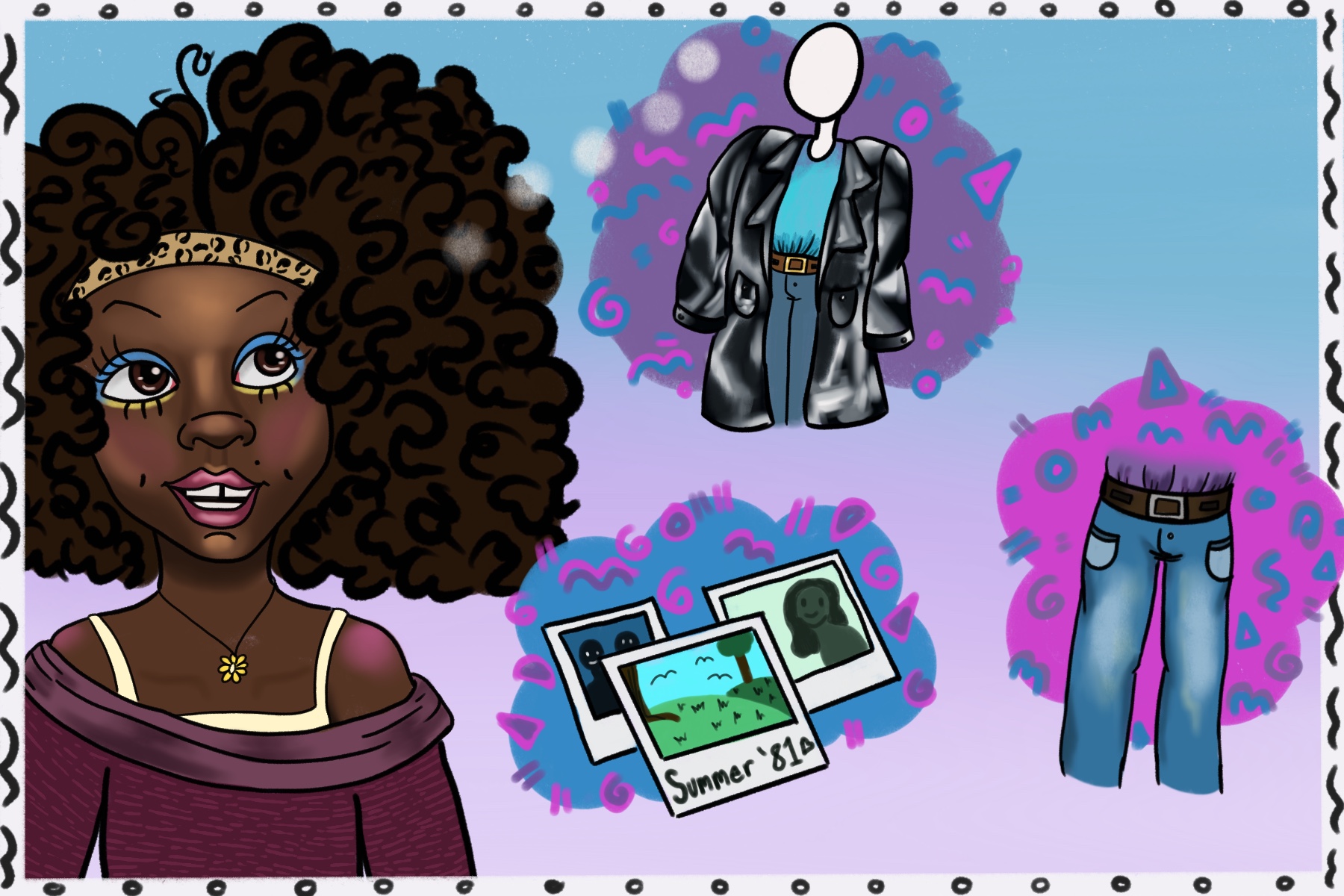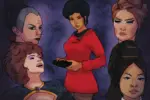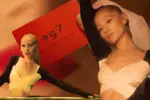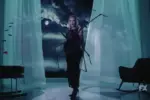Understanding why the 80s influence trends today requires analyzing the cyclical nature of society.
Imagine dressing in neon leg warmers with electric blue eyeshadow and hot pink blush – Gag me with a spoon! Even though the initial image of 80s clothing might seem outdated and gimmicky, over 40 years later, the decade still has a lingering presence today and will continue to make its mark on fashion and technology in upcoming years.
From claw clips to bodysuits, we see the way the 80’s have infiltrated their way into our current fashion trends.
But why is this? Why is it that after four decades we are seeing an emergence of trends that might have once been considered dead?
The answer lies in the cyclical nature of all trends. Everything comes back around, whether socially or politically. One of the most accessible ways we see the repetitive essence of society is through fashion.
Even if the trends used today have a modern twist on them, they follow the same path and pattern as their predecessors. Activities such as thrifting for secondhand merchandise contributes to this recycling of trends.Flipping through rows of unknown clothes in search of a hidden gem is an exhilarating sensation. There’s something about having original or older clothing that makes it feel as if it has more value. It’s “one of a kind.”
Owning a thrifted piece of clothing is only one small part of the draw to older fads. When looking at the big picture, it’s just the fact of the matter that trends ebb and flow, returning an average of 20 years after their height in popularity. In this case, we are seeing the 80s influence in multiple ways, both from the original trends 40 years ago and its sister trends that popped up in the 2000s.
Each generation adds its own flair to styles as they reoccur. When looking at specific fashion trends, it’s easy to see the ways different time periods manipulate varying fads.
Known as leotards back in the day, bodysuits are all the rage again. Brands like Skims and Yitty, have revamped the neon one-pieces in a flattering and fun way. This versatile piece of clothing can include long sleeves, short sleeves, high necks, square necks and everything in between. The most important aspect of this closet staple is the sleek, tucked-in look that the underbody clasps provide. While sometimes a pain to put on and take off, the sophisticated and classic look is worth the hassle.
Bodysuits weren’t just popular in the 80s and today. They have had a long-reigning stance as a part of fashion, as they also peaked in popularity in the 2000s. Then, they were used as layering pieces, using mesh and lace textures to bring complex elements to an outfit.
Taking a recent rise in popularity are oversized blazers or leather jackets. This style was radical back in the day, so it only makes sense to see the trend back and better than ever. Many celebrities including Kate Hudson, Heidi Klum and Lily Collins have been seen sporting a large blazer over jeans or dresses.
Similar to bodysuits, blazers also have a complex history and were used as statement pieces in the 2000s. Maybe they were even worn over bodysuits to garnish an extra pop of style.
We can’t forget about claw clips. A key hair accessory for everyone with luscious locks in need of tying up, claw clips are a major part of the 80s influence on today. The clips regained popularity in the 2000s,tapering off until recent years. Whether you toss up your hair to achieve the effortlessly messy look or slick it back for a polished style, claw clips are accessories for everyone.
The recurring trends don’t stop within fashion. Even though we are in the 21st century with rapid technological advances, Polaroid cameras are making their comeback. These cameras instantly provide a pocket-sized printed photo of a quick snapshot moment.
Since the 80s, Polaroids have become slenderer and more compact, but they’re still an extra piece of clunky equipment that isn’t particularly easy to carry as you’re out and about. Given our ability to have a high-quality camera that allows for artistic flexibility and can fit in our back pocket, why would we revert to Polaroids?
The answer is seemingly simple: it’s a yearning for the nostalgic feel of having a photo physically in your hands. You can label the bottom with a date or a note, slip it in your wallet, put it in your car’s sun visor and more. Yes, it’s still possible to print the photos we take on our phones, but it’s an extra step in the process that more often than not requires you to go to a third-party printing store.
There’s an intimacy within Polaroids, as well, given that no one else will see the photo unless you specifically choose to share it. Nowadays, there is the fear that the photos on our phones are always stored somewhere in “the cloud,” or being shared with anyone imaginable if it’s sent over messages or posted online.
If taking an old-timey picture isn’t enough for you, there are even popular filters that make videos appear as if they were taken on a much older camera. Even though our camera quality has significantly improved, it fails to achieve the vintage look that comes from the 80s influence.
Reverting back to older trends boils down to one thing. It’s a desperate longing for the feeling of nostalgia. There’s a sense of renewal when we’re experiencing a trend that was once adored but is revamped in a contemporary way. Consumers play a big part in contributing to the rise in trends, but it’s the fashion designers that steer us towards a certain way of dressing. They are the ones feeding us reinvented clothing, which is really just a modernized version of an older style.
There’s a reason that trends become popular. They are what people love to see and want to wear. Just because trends recirculate in our society doesn’t make them uninspired. Seeing the way that generations can reinvent familiar styles in a way that makes old trends new again isn’t just creative. It’s totally tubular!

















